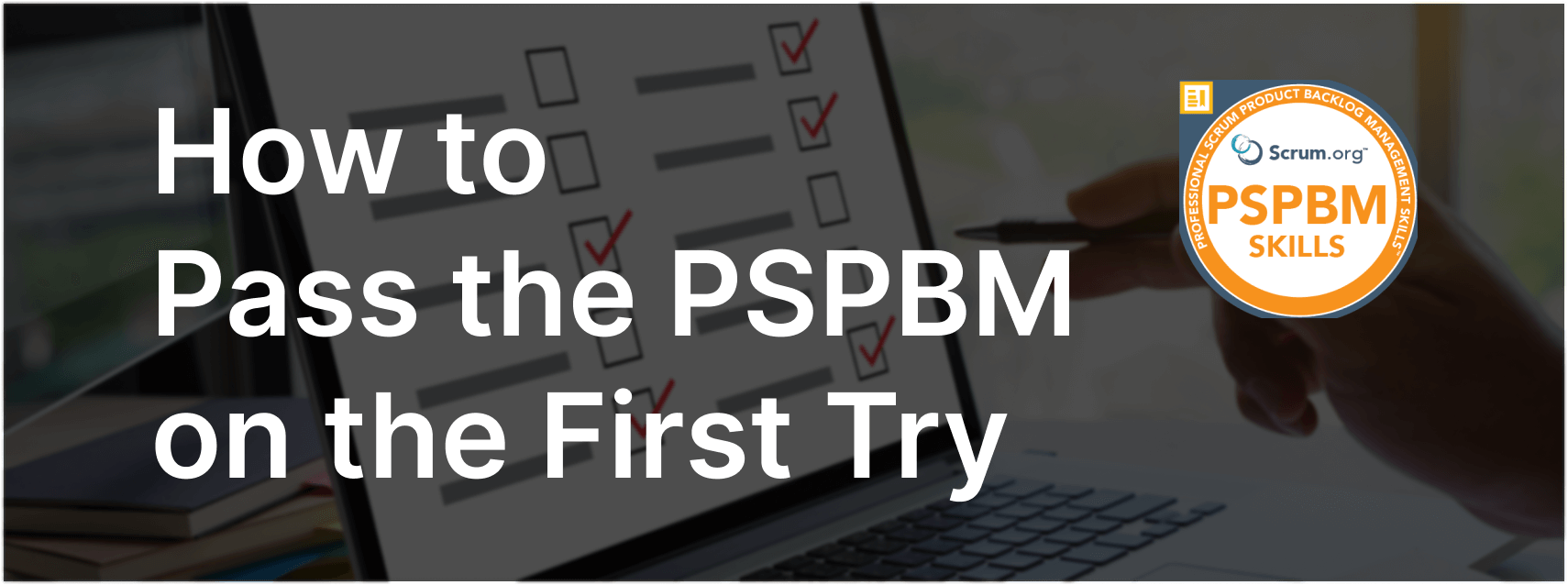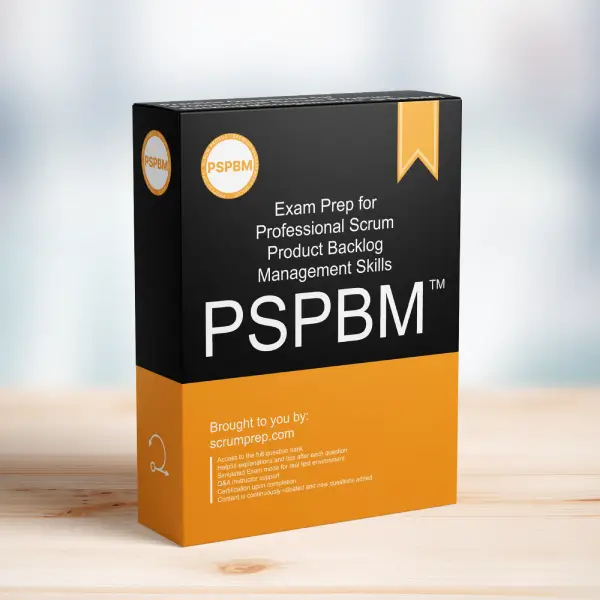Managing Irrelevant Product Backlog Items
As a Product Owner, ensuring the Product Backlog remains relevant and focused on delivering value is crucial. When items in the backlog are no longer relevant, taking appropriate actions to manage them is essential.
Exam Question
The Product Owner has gone through the Product Backlog and identified several items that are no longer relevant. What should the Product Owner do with the items that are no longer relevant?
(choose the best answer)
A. Move the items to the “future items” Product Backlog.
B. Keep the items in the Product Backlog but reduce their priority.
C. Remove the items from the Product Backlog entirely.
D. Move the items to the top of the Product Backlog and just get them done.
Correct Answer
C. Remove the items from the Product Backlog entirely.
Explanation
Correct Answer
C. Remove the items from the Product Backlog entirely:
The Product Backlog should be a clear, concise, and actionable list of items that add value to the product. Items that are no longer relevant should be removed to maintain focus and ensure the team is working on valuable tasks. Keeping irrelevant items can clutter the backlog, cause confusion, and detract from the team’s ability to prioritize effectively.
Why the Other Options Are Less Relevant
A. Move the items to the “future items” Product Backlog:
Creating a separate backlog for future items can lead to clutter and confusion. It’s better to remove irrelevant items completely to keep the backlog streamlined.
B. Keep the items in the Product Backlog but reduce their priority:
Lowering the priority of irrelevant items doesn’t address the issue of clutter. These items may still distract from the more important, value-adding tasks.
D. Move the items to the top of the Product Backlog and just get them done:
Working on irrelevant items just to clear them from the backlog wastes resources and time. The focus should be on tasks that deliver value.
Benefits of Removing Irrelevant Items
- Enhanced Focus: Ensures the team focuses on high-value tasks.
- Improved Prioritization: Makes it easier to prioritize items that matter.
- Clarity: Provides a clear direction for the team.
- Efficiency: Prevents the waste of time and resources on non-value-adding tasks.
Relevance to the PSPBM Skills Exam
Understanding how to manage the Product Backlog effectively, including the removal of irrelevant items, is crucial for the PSPBM Skills exam. This knowledge demonstrates the ability to maintain a focused and value-driven backlog.
Key Takeaways
- Remove irrelevant Product Backlog items to maintain focus and clarity.
- Keeping the backlog concise helps in prioritizing and delivering value.
- Efficient backlog management is critical for effective product development.
Conclusion
Managing the Product Backlog involves more than just adding new items; it also requires regular cleaning to remove irrelevant items. This ensures that the team can focus on delivering valuable features efficiently. For more information on preparing for the PSPBM Skills exam, visit our Professional Scrum Product Backlog Management Skills PSPBM™ Exam Prep.



